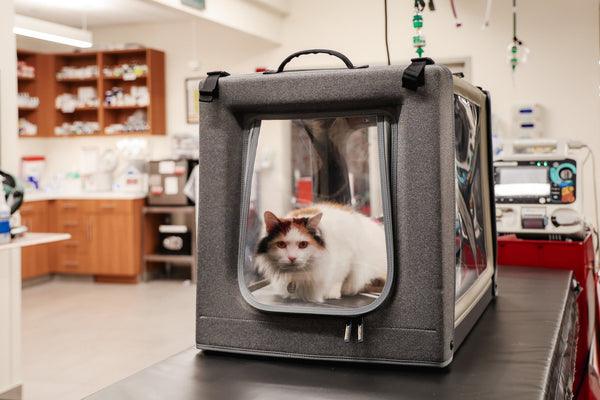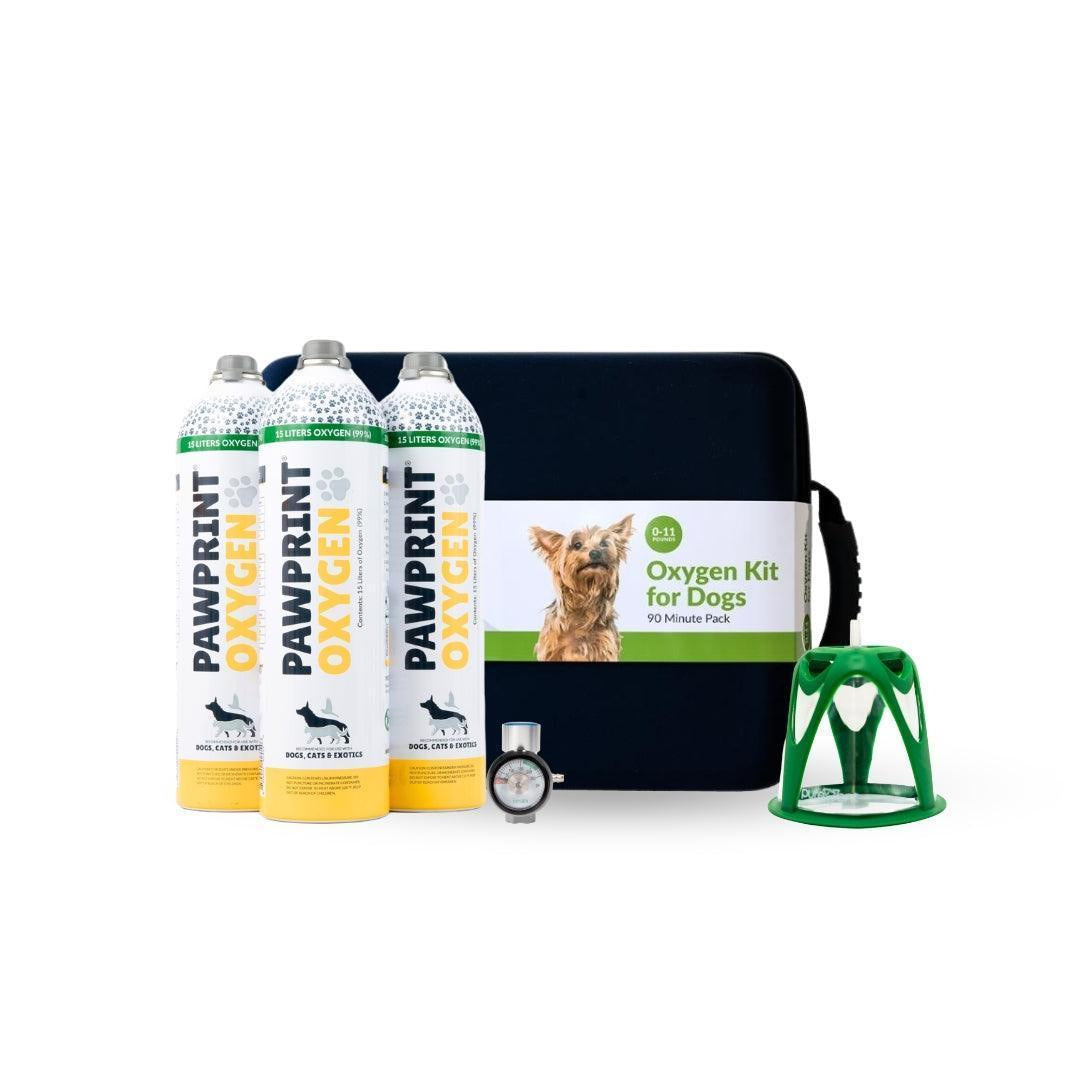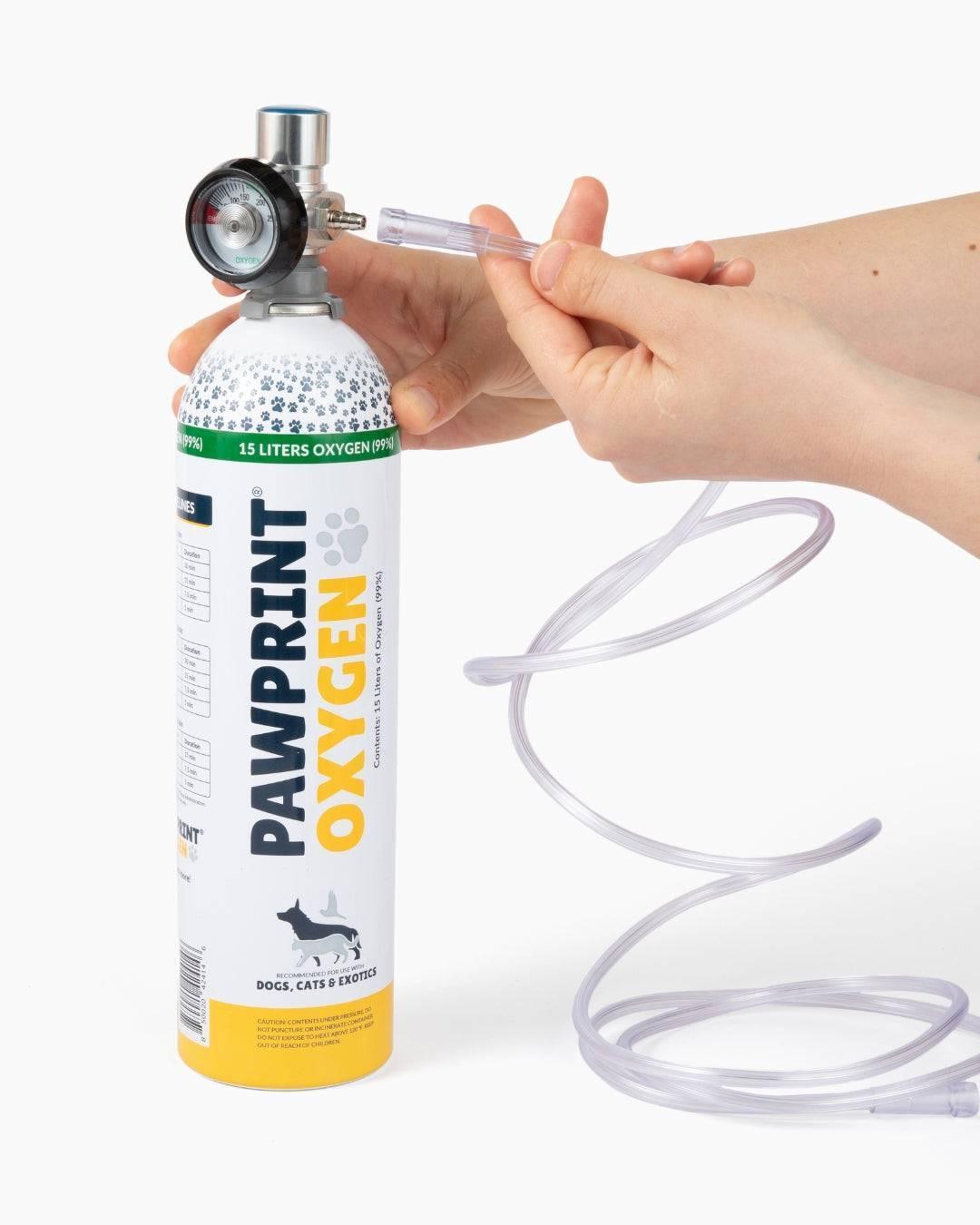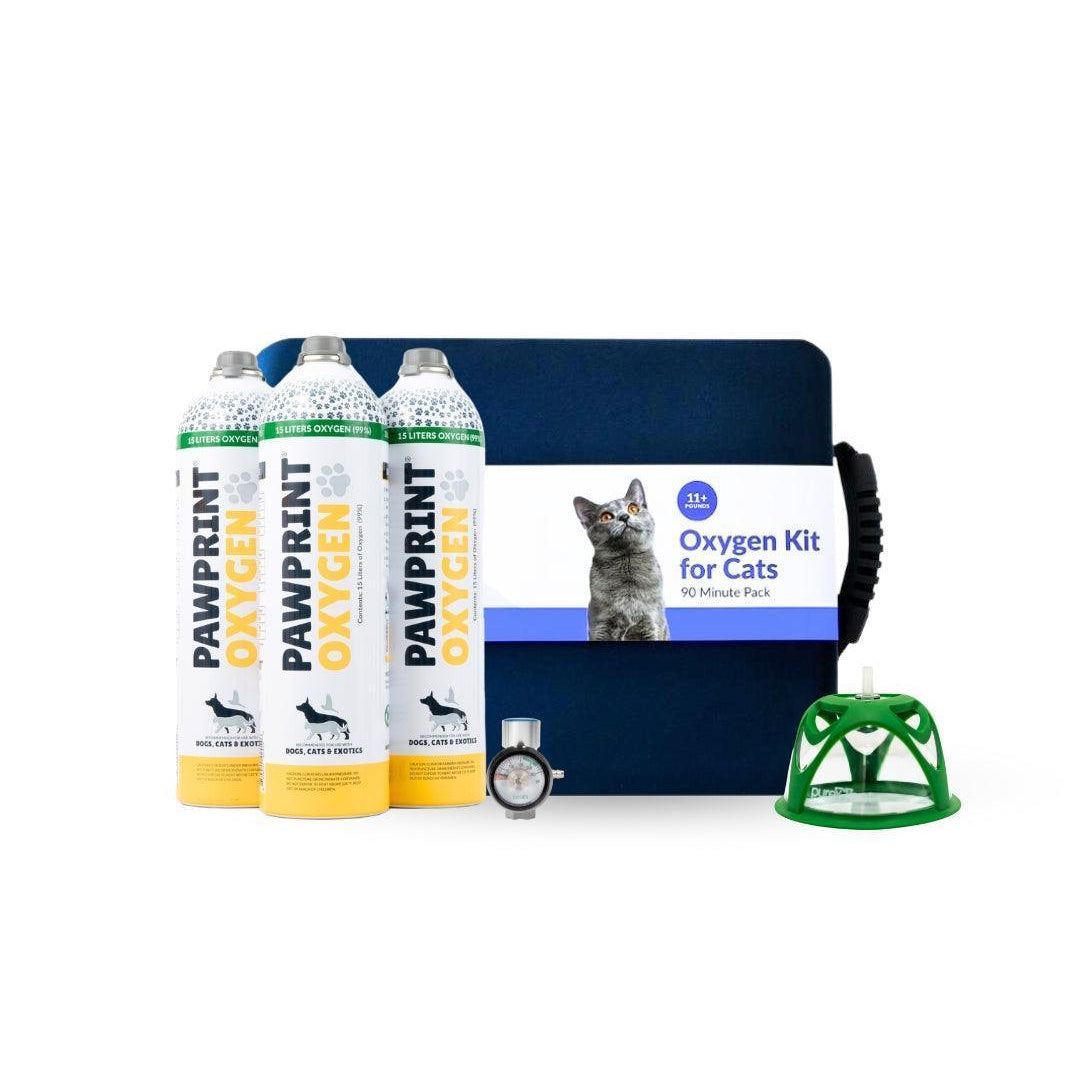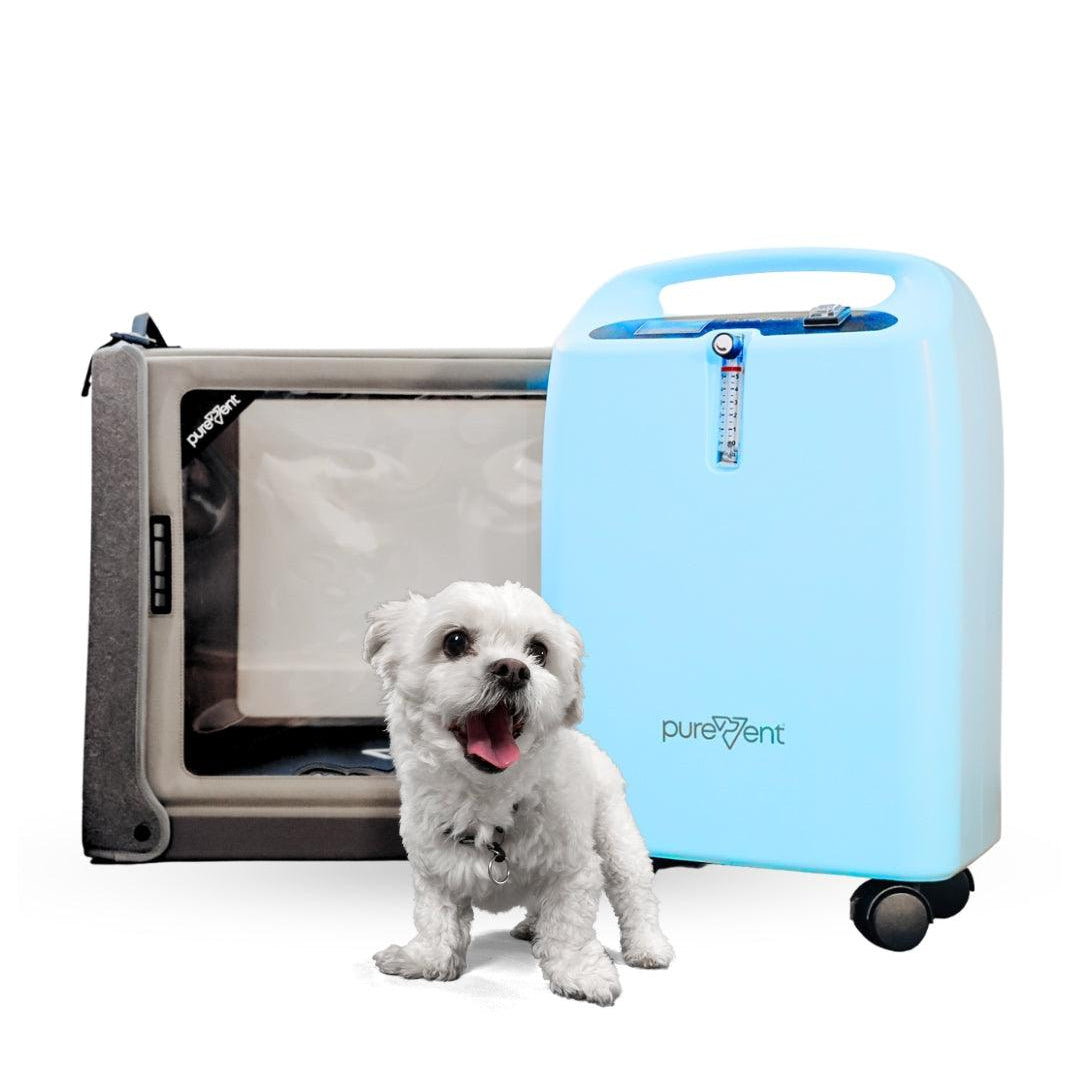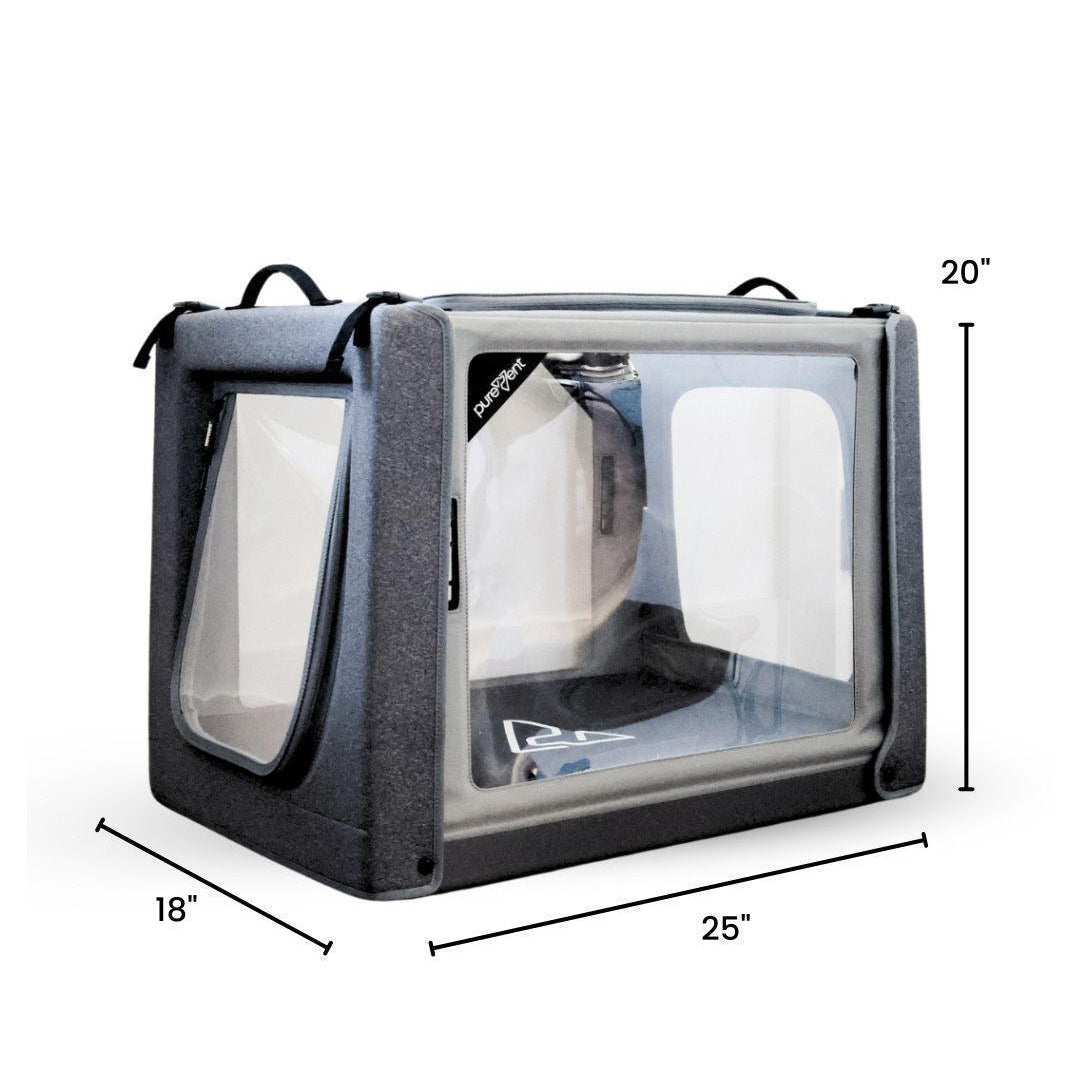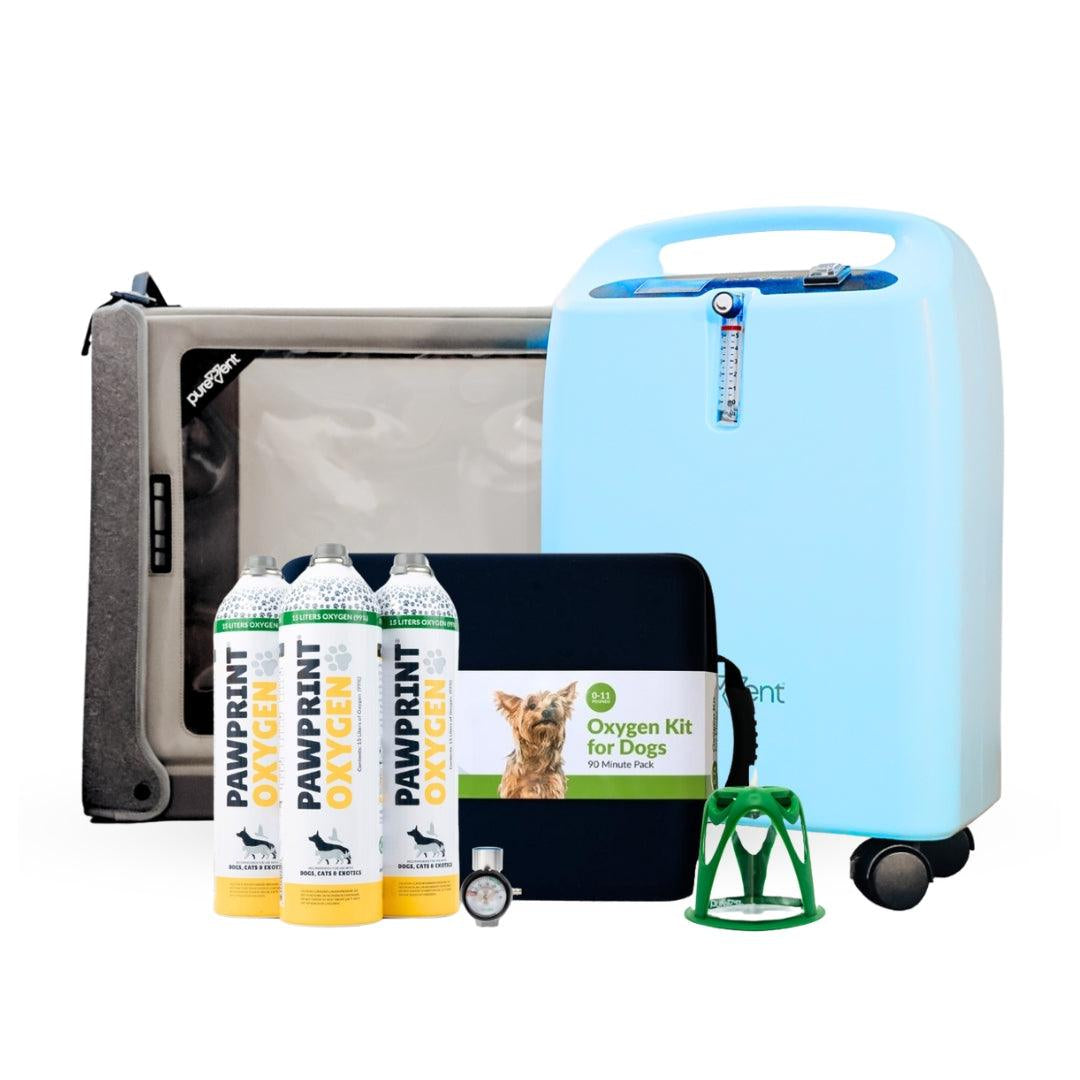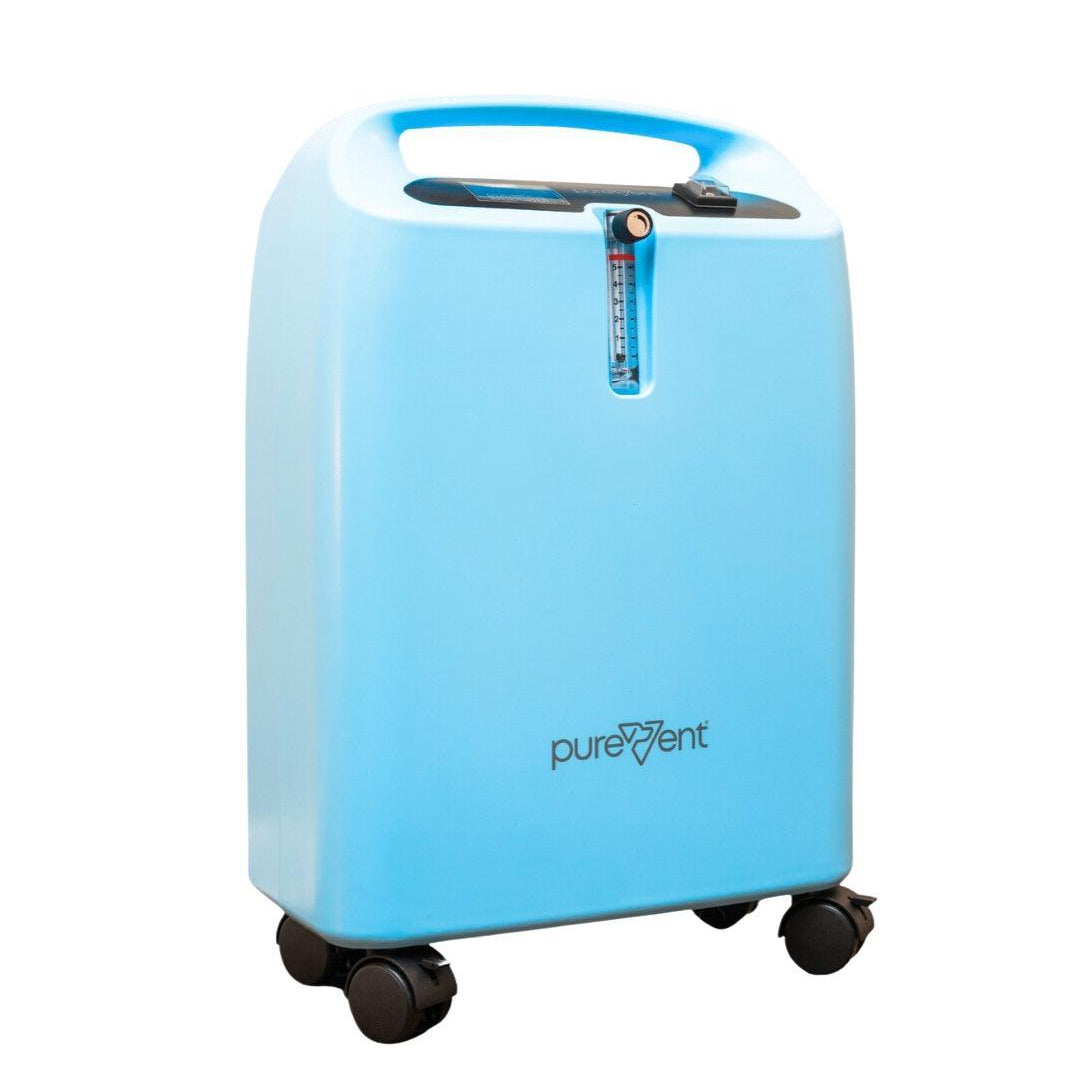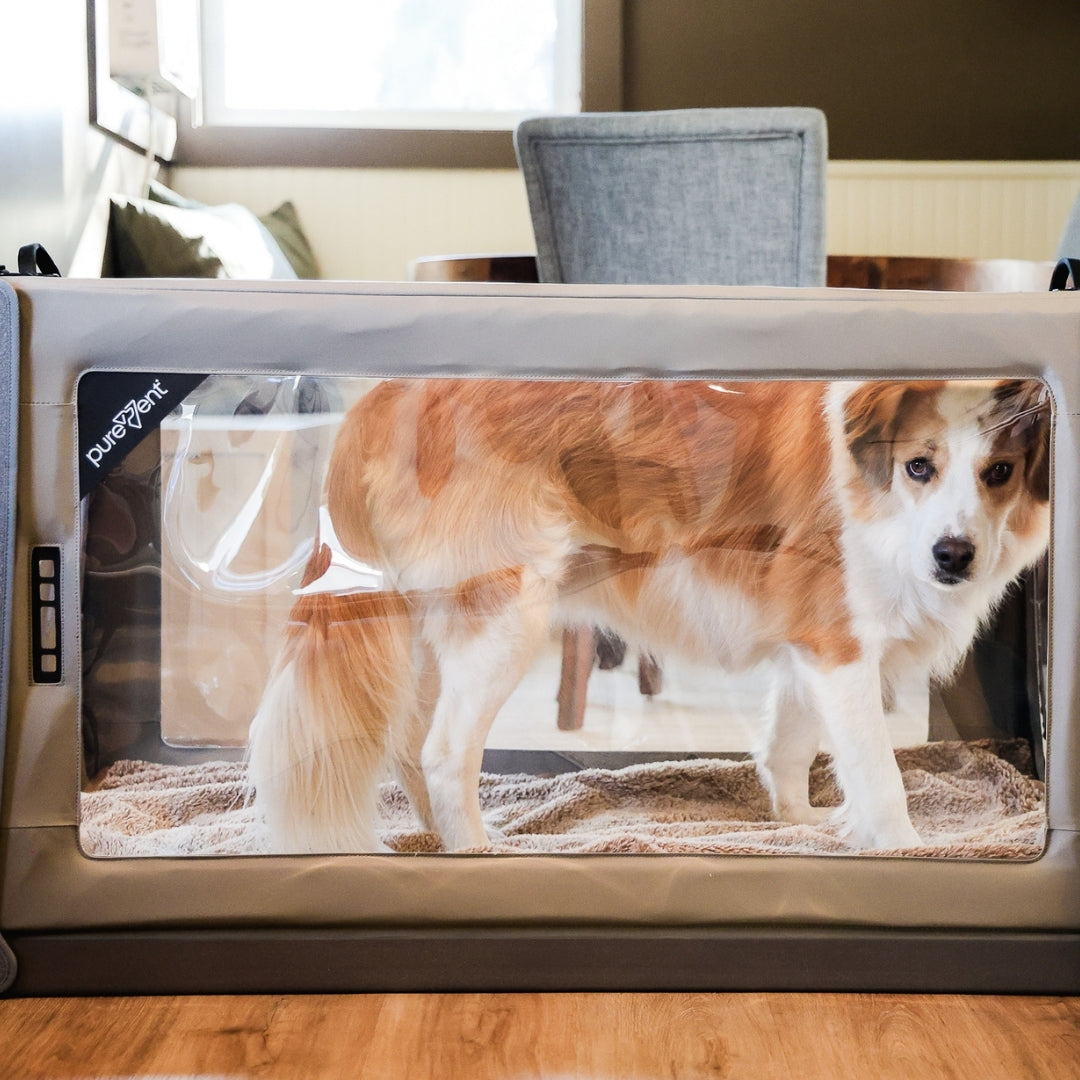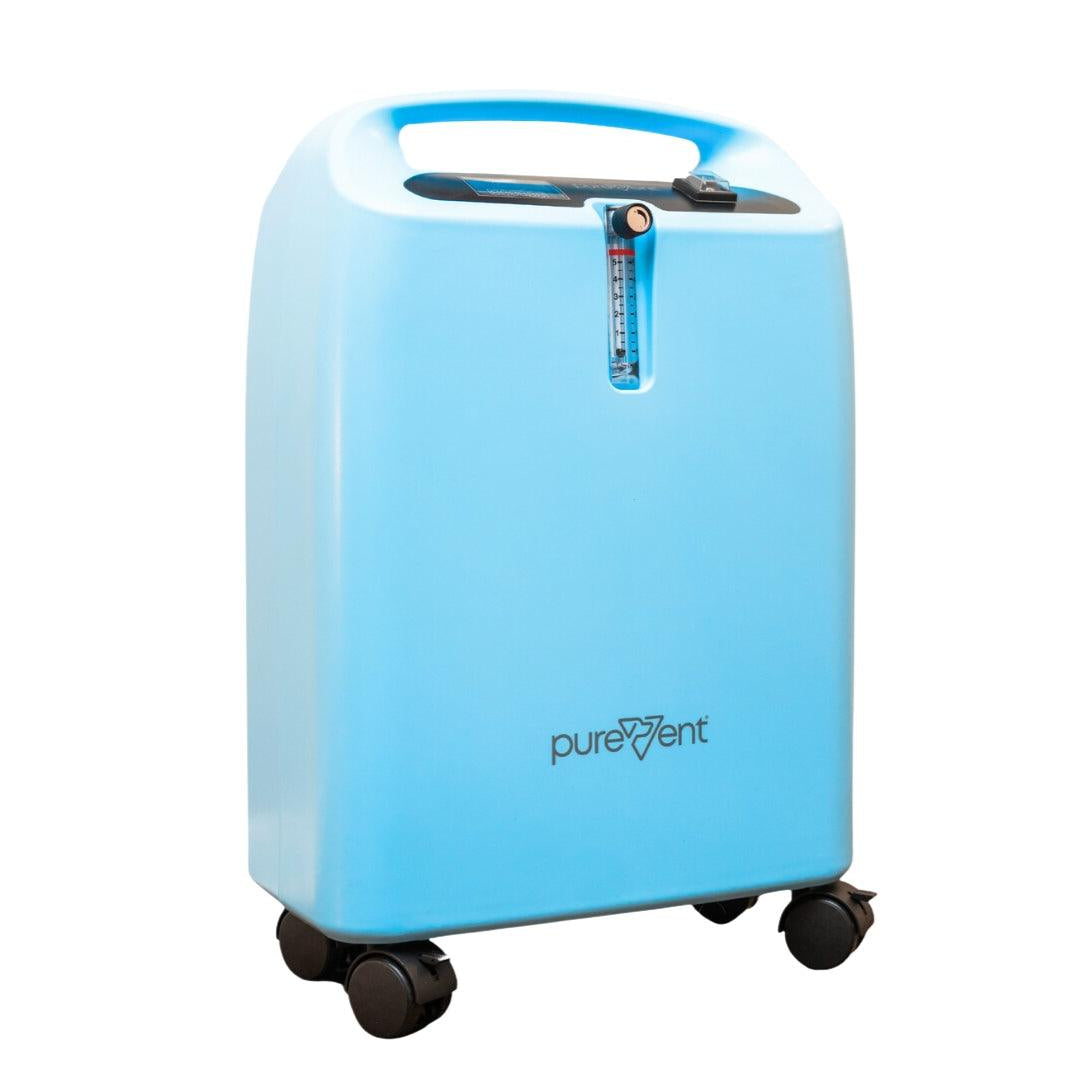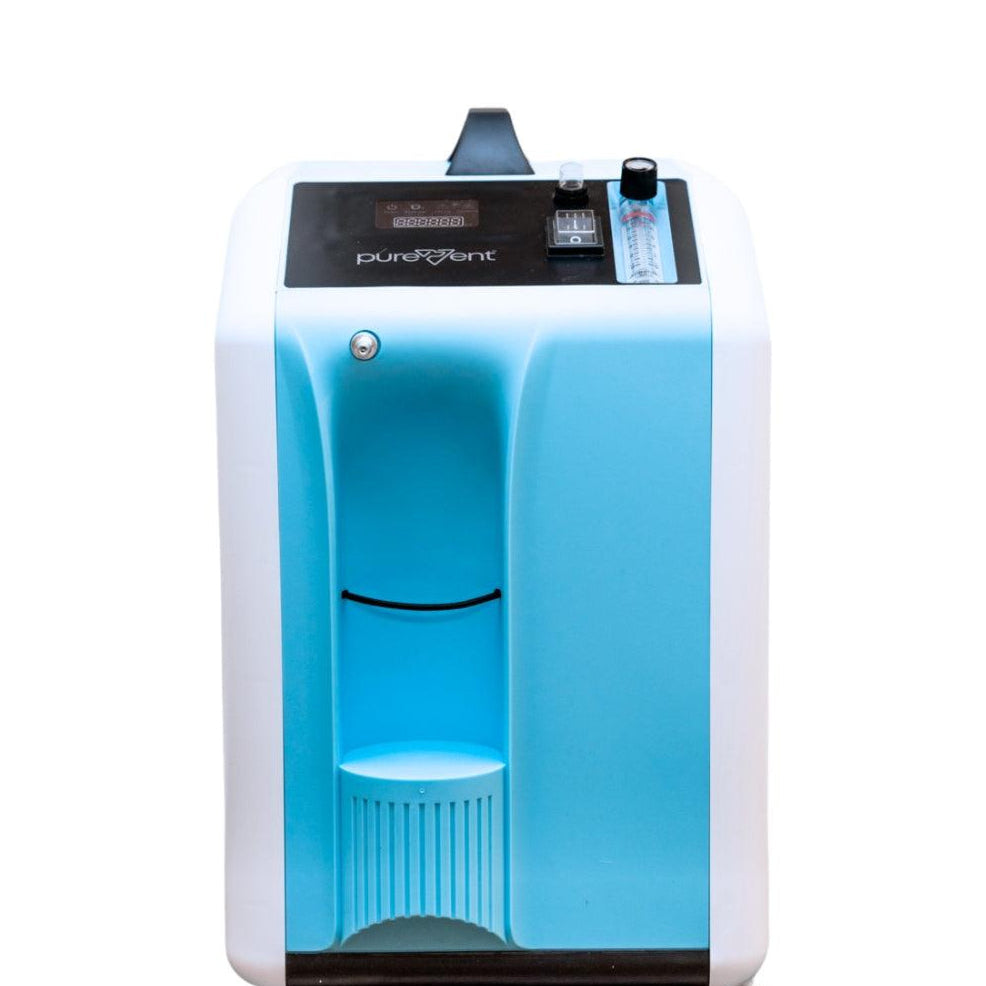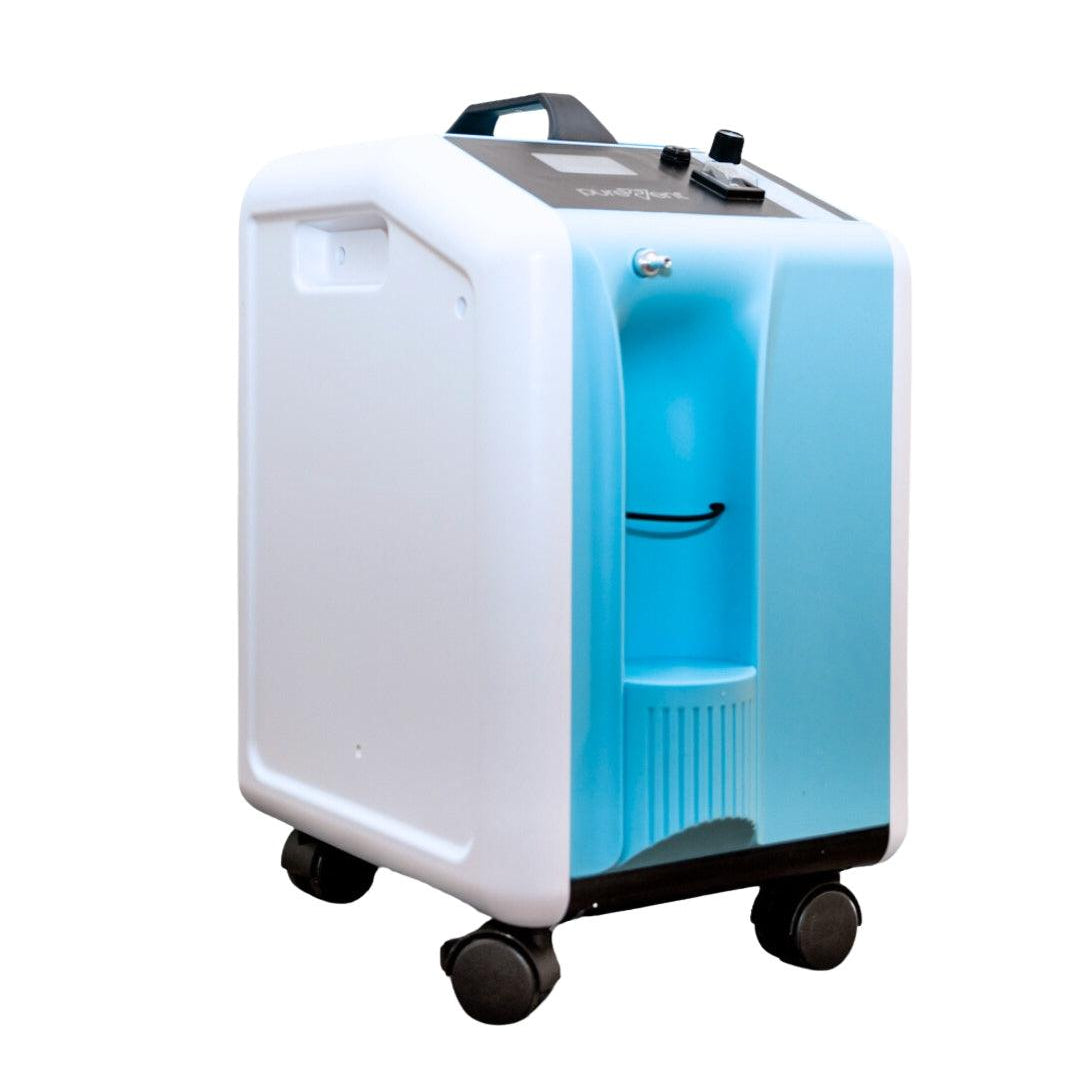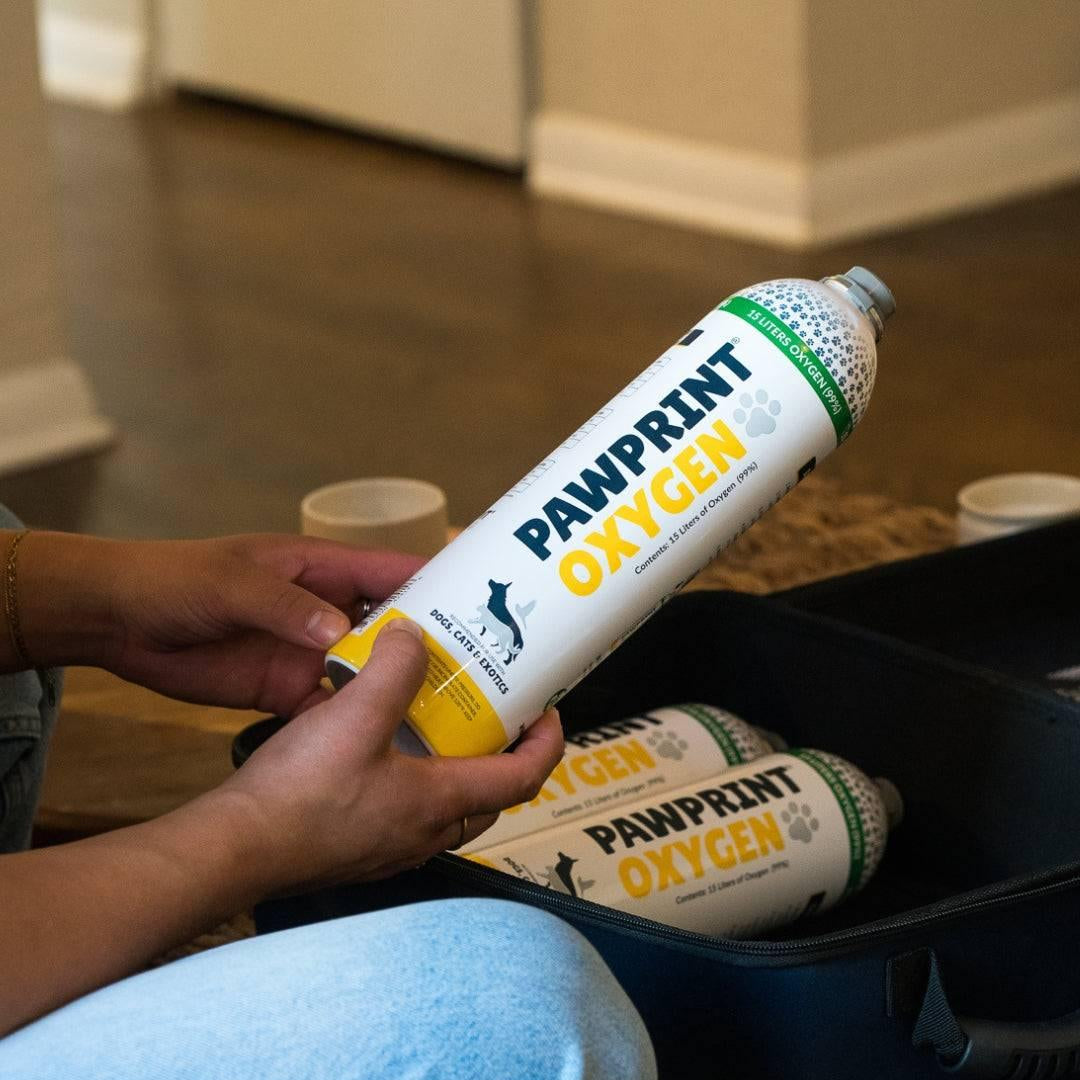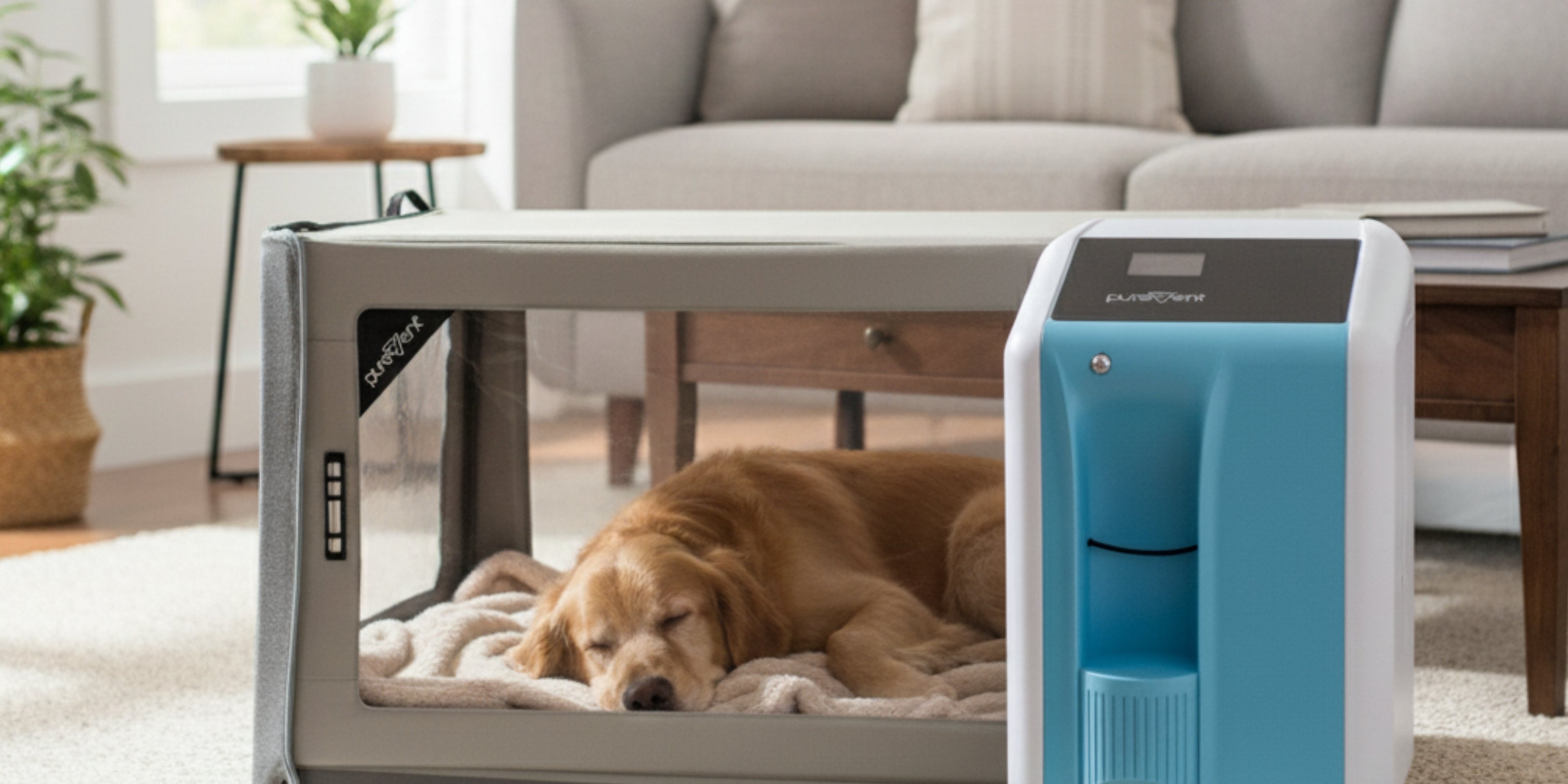Congestive heart failure (CHF) in cats is a serious condition that occurs when the heart can no longer pump blood effectively, leading to fluid buildup in the lungs or chest cavity. While it can sound overwhelming, CHF is not uncommon—especially in older cats or those with underlying heart conditions like hypertrophic cardiomyopathy (HCM).
The signs of CHF in cats can be subtle at first, which makes early detection especially important. Recognizing the early warning signs and getting veterinary care promptly can make a big difference in your cat’s comfort, quality of life, and even longevity.
The good news? With the right treatment plan and supportive care at home, many cats with CHF can live happy, fulfilling lives. In this article, we’ll walk you through six common signs of CHF in cats and what you can do if you spot them.
Table of Contents

What Is CHF in Cats?
Congestive heart failure (CHF) in cats occurs when the heart becomes too weak or stiff to pump blood efficiently. As a result, fluid begins to accumulate in the lungs (pulmonary edema), around the lungs (pleural effusion), or in other parts of the body. This fluid buildup puts extra strain on the heart and lungs, making it harder for your cat to breathe and for vital organs to receive enough oxygen-rich blood.
What Causes CHF in Cats?
The most common cause of CHF in cats is hypertrophic cardiomyopathy (HCM), a condition where the walls of the heart muscle become abnormally thick. This thickening reduces the heart’s ability to relax and fill properly, eventually leading to heart failure.
Other potential causes include:
- Hyperthyroidism – an overactive thyroid can increase the heart rate and workload
- High blood pressure (hypertension) – places extra strain on the heart
- Congenital heart defects – present from birth and may worsen over time
- Heartworm disease – less common in cats but still possible
Left-Sided vs. Right-Sided Heart Failure
Left-sided CHF is more common and typically causes fluid to back up into the lungs, leading to rapid, labored breathing and coughing.
Right-sided CHF leads to fluid accumulation in the chest cavity, abdomen, or limbs, and may result in swelling or bloating.
Some cats may eventually experience biventricular failure, where both sides of the heart are affected.
How CHF Impacts Your Cat’s Health
CHF compromises your cat’s ability to breathe, stay active, and maintain organ function. Over time, oxygen levels in the body drop, leading to fatigue, decreased appetite, and respiratory distress. Without timely intervention, CHF can progress rapidly—but with proper care, many cats can live more comfortably and with improved quality of life.

6 Common Signs of CHF in Cats
Congestive heart failure can be difficult to detect early, especially in cats who are naturally good at hiding signs of illness. However, being able to spot these six common symptoms may help you act quickly and get your cat the care they need. For each sign, we’ll explain what to look for, why it happens, and what to do if you notice it.
1. Labored or Rapid Breathing
One of the earliest and most alarming signs of CHF in cats is a change in breathing patterns. You may notice that your cat is breathing faster than normal or seems to struggle with each breath.
What it looks like:
- Fast, shallow breaths—even at rest
- Open-mouth breathing (a true emergency in cats)
- Extended neck or flaring nostrils to help airflow
Why it happens:
As the heart weakens, fluid builds up either within the lungs (pulmonary edema) or around them (pleural effusion), making it difficult for your cat to breathe normally.
What to do:
Count your cat’s breaths while they’re resting or sleeping. More than 30 breaths per minute may signal a problem. If breathing appears labored or open-mouthed, seek emergency veterinary care right away. Supplemental oxygen, like a portable oxygen kit for cats, can help stabilize your pet in route to the clinic.
Is congestive heart failure more prevalent in dogs than cats?
Yes, congestive heart failure (CHF) is more prevalent in dogs than in cats. While both species can develop CHF, dogs—particularly older and small-breed dogs—are more commonly affected, often due to conditions like mitral valve disease or dilated cardiomyopathy. In cats, CHF is less frequently diagnosed but typically results from hypertrophic cardiomyopathy (HCM), especially in middle-aged to older cats. The difference in prevalence is partly due to species-specific heart conditions and partly because signs of heart disease in cats can be subtle and harder to detect, leading to underdiagnosis.
What foods should I avoid feeding my cat with CHF?
If your cat has congestive heart failure, avoid feeding foods high in sodium, as excess salt can lead to fluid retention and worsen heart strain. This includes processed treats, deli meats, cheese, canned foods with added salt, and table scraps like chips or fast food . Also, steer clear of high-fat foods that may contribute to obesity, putting additional stress on the heart. Certain commercial cat foods may contain excessive sodium, so opt for low-sodium, heart-healthy diets recommended by your vet.
Can CHF go away on its own, or is it permanent?
Congestive heart failure does not go away on its own and is generally a progressive, lifelong condition. While it cannot be cured, early diagnosis and proper management with medications, dietary adjustments, supplemental oxygen therapy, and lifestyle changes can slow its progression and improve your cat's quality of life.
Treatment for CHF typically includes diuretics to reduce fluid buildup, ACE inhibitors to ease heart strain, and supportive therapies like oxygen or taurine supplementation if needed. Regular veterinary check-ups are essential to monitor heart function and adjust treatment and diet as needed. While CHF is permanent, proactive care can help your cat live a longer, more comfortable life.
2. Lethargy and Weakness
Cats with CHF often experience a noticeable drop in energy. What might seem like your cat “slowing down” could be a sign of reduced oxygen delivery to the muscles and brain.
What it looks like:
- Sleeping more than usual
- Reluctance to climb stairs or jump onto furniture
- Less interest in play or interaction
Why it happens:
A weakened heart cannot circulate oxygen-rich blood efficiently, leading to fatigue and weakness throughout the body.
What to do:
Monitor your cat’s activity level. If you notice a sudden change or ongoing decline in energy, schedule a veterinary checkup. Early treatment may help slow the progression of heart failure.
3. Decreased Appetite and Weight Loss
A cat that begins to skip meals or lose weight could be dealing with something more serious than picky eating.
What it looks like:
- Eating less or avoiding food altogether
- Visible muscle wasting, especially around the spine and hips
- Gradual or sudden weight loss
Why it happens:
CHF can lead to a condition called cardiac cachexia, where the body breaks down muscle due to poor nutrient absorption and increased metabolic demands.
What to do:
Track your cat’s eating habits and body condition. Report any persistent decrease in appetite to your veterinarian. Nutritional support and medications may help improve comfort and slow muscle loss.
4. Coughing or Gagging
Though less common in cats than in dogs, coughing can still occur with CHF, especially in cases where fluid has entered the lungs.
What it looks like:
- Dry, persistent coughing
- Gagging or retching, often mistaken for hairballs
- Coughing after activity or when lying down
Why it happens:
Fluid accumulation or heart enlargement can irritate the airways, causing a cough. This is more common with left-sided CHF.
What to do:
Don’t dismiss coughing as just hairballs. If it continues for more than a day or is paired with other symptoms (like labored breathing), consult your vet. A video recording of the cough can help your veterinarian identify the cause.

5. Collapse or Fainting (Syncope)
Syncope is a sudden, brief loss of consciousness and can be frightening to witness.
What it looks like:
- Collapse or falling over
- Limp body, often with rapid recovery
- Confusion or disorientation afterward
Why it happens:
Reduced blood flow to the brain from poor heart function causes fainting, especially during times of stress or exertion.
What to do:
If your cat collapses, treat it as an emergency and head to the vet immediately. Even if your cat seems fine afterward, syncope is a red flag for underlying heart disease.
6. Cyanosis (Blue or Gray Gums)
One of the most serious signs of CHF is cyanosis, which indicates dangerously low oxygen levels in the bloodstream.
What it looks like:
- Blue, gray, or purple discoloration of the gums, tongue, or paw pads
- Gasping for air or open-mouth breathing
- Cold ears or limbs
Why it happens:
When oxygen delivery is severely impaired due to heart or lung issues, tissues begin to lose their healthy pink color and turn bluish.
What to do:
Seek emergency veterinary care immediately. If you have access to home oxygen therapy, use it to help stabilize your cat while you prepare for transport.
What You Can Do to Support Your Cat
If your cat has been diagnosed with congestive heart failure, it can feel overwhelming; but there are many ways you can support your cat’s health and comfort at home. With the right tools, consistency, and communication with your veterinarian, many cats with CHF can live comfortably for months or even years after diagnosis.
Monitor Breathing and Energy Levels Daily
Keeping an eye on your cat’s breathing and activity level is one of the most effective ways to catch signs of a flare-up early.
What to track:
- Respiratory rate: Count how many breaths your cat takes per minute while resting. A rate above 30 is a red flag.
- Effort of breathing: Look for abdominal movement or open-mouth breathing.
- Activity level: Notice changes in playfulness, mobility, or hiding behavior.
📝 Tip: Use a journal or app to log your cat’s daily respiratory rate and behaviors. This data can be invaluable to your vet.
Stick to the Medication Schedule
CHF often requires a combination of medications to manage symptoms and support heart function.
Common prescriptions may include:
- Diuretics (e.g., furosemide) to reduce fluid buildup
- ACE inhibitors to lower blood pressure and reduce heart strain
- Beta blockers or calcium channel blockers to regulate heart rate
- Anti-clotting medications if there's a risk of thromboembolism
Consistency is key. Missing doses or altering the schedule can quickly lead to decompensation and a medical emergency.
💡 Tip: Use a pill organizer, phone alarms, or a medication log to stay on track.
Feed a Heart-Friendly Diet and Reduce Stress
A heart-healthy lifestyle isn’t just for humans; cats can benefit from it, too.
Dietary tips:
- Choose a low-sodium cat food to prevent fluid retention. Your vet may recommend a therapeutic diet like Hill’s® Prescription Diet or Royal Canin® Cardiac.
- Ensure proper hydration, especially if your cat is on diuretics.
- Avoid treats high in salt or filler ingredients.
Stress management:
- Keep your cat’s environment calm and quiet.
- Maintain familiar routines to reduce anxiety.
- Provide cozy, elevated resting spots and safe hideaways.

Use Supplemental Oxygen Therapy at Home
Cats with CHF often have trouble breathing during flare-ups. Having access to supplemental oxygen at home can make a significant difference—reducing stress and help your cat stabilize without the immediate need for hospitalization.
Oxygen therapy can help:
- During sudden breathing distress
- As a bridge while traveling to the vet
- As part of a palliative care plan for end-stage CHF
At-home options include:
- The Oxygen Kit for Cats – perfect for emergencies and travel
- The PureVent Pet Oxygen Concentrator – ideal for long-term, cost-effective use
- The PureVent Pet Oxygen Chamber – a stress-free way to administer oxygen safely at home
📦 Pet owners across the country trust Pawprint Oxygen to provide these crucial tools, backed by thousands of veterinary hospitals.
While veterinary care is essential for managing CHF in cats, your role at home is just as critical. With daily monitoring, proper nutrition, consistent medication, and access to oxygen therapy, you can give your cat comfort, safety, and more quality time by your side.
Supporting Your Cat at Home
A CHF diagnosis can feel overwhelming, but many cats live longer with consistent care. Help your cat by:
Administering medications on schedule
Keeping the environment calm and quiet
Monitoring breathing rate daily
Using a home oxygen therapy during flare-ups
Feeding a heart-healthy, low-sodium diet
How An Oxygen Kit Helps Your Cat During a CHF Episode
During a CHF episode, cats can struggle to breathe, and their condition may worsen rapidly. Emergency oxygen kits provide critical support by delivering supplemental oxygen at home or during transport to the vet. This helps reduce stress on the heart, improve breathing, and stabilize your cat for safer travel.
The Pawprint Oxygen Portable Oxygen Kit includes portable oxygen canisters, a flow regulator, and a PureVent Pet Oxygen Mask—designed specifically to deliver oxygen safely and gently to cats in distress. While not a substitute for veterinary care, having a kit on hand can buy critical time and ease suffering during emergencies.
When to Seek Emergency Care
Call your vet or head to an emergency clinic if your cat shows:
Open-mouth breathing
Blue gums or tongue
Severe lethargy or collapse
Sudden loss of appetite
Refusal to move or extreme weakness
Act Early, Support Often
Congestive heart failure in cats is a serious but manageable condition—especially when caught early. By staying alert to subtle changes in your cat’s breathing, behavior, and appetite, you can play a vital role in identifying CHF before it becomes life-threatening. Regular veterinary checkups, particularly for senior cats or those with known heart conditions, are essential to catching the condition early and beginning treatment right away.
Remember, you are not alone on this journey. With the right care plan, including medications, nutritional support, and tools like at-home oxygen therapy, many cats with CHF can live comfortably for months or even years. Tools like the PureVent Pet Oxygen Concentrator and Chambers, and the Portable Oxygen Kit offer pet parents peace of mind and critical support during emergencies.
If you're ever unsure whether your cat's symptoms point to CHF or another condition, don't hesitate to reach out to your veterinarian. The earlier you act, the better your cat’s chances for a longer, more comfortable life.
Summary
CHF in cats can develop gradually, often going unnoticed until it’s advanced.
Breathing changes, lethargy, and appetite loss are common signs.
Monitoring your cat at home and acting quickly can improve outcomes.
Diagnosis usually involves X-rays, echocardiograms, and lab work.
Home oxygen therapy is a valuable supportive care tool.

